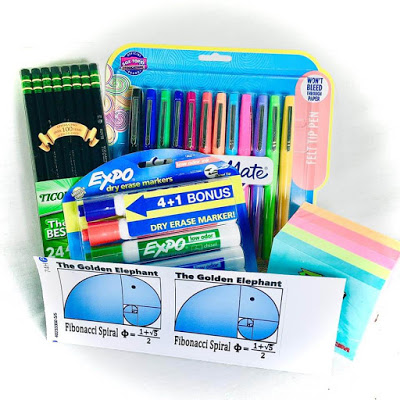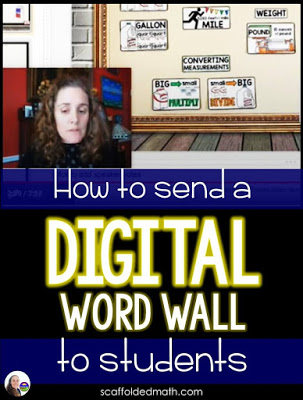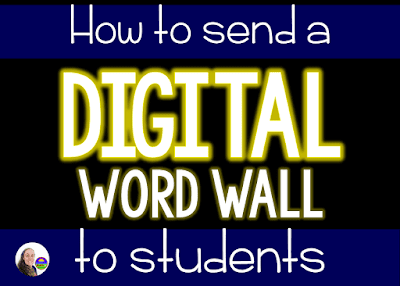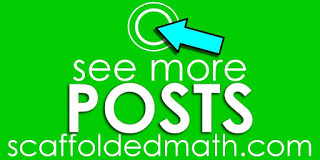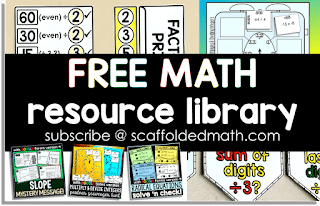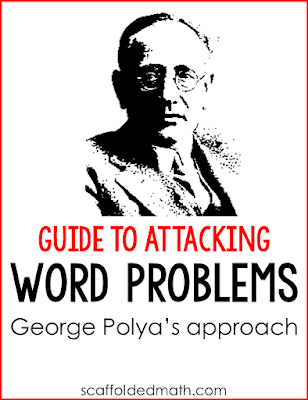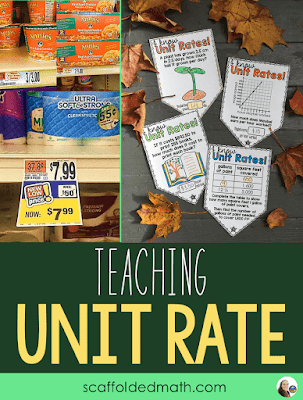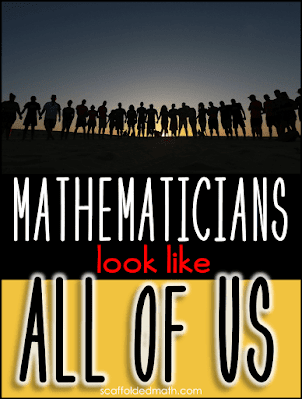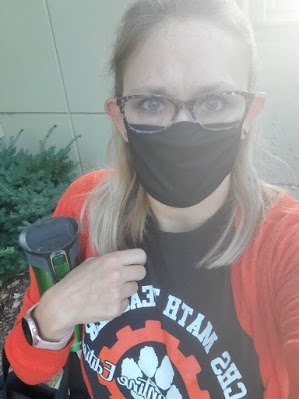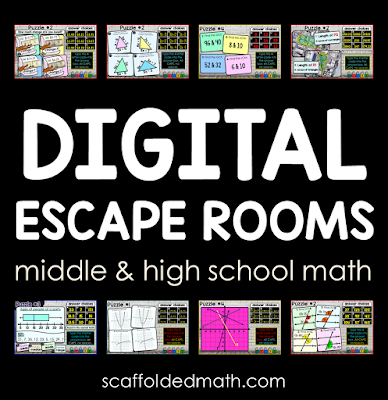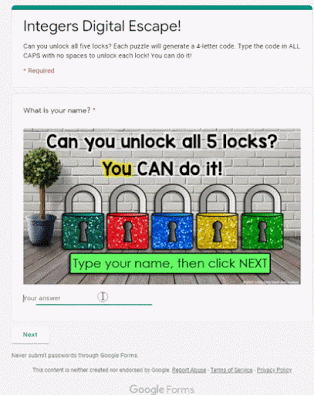Happy New Year, Math Teachers!
Congratulations to Kristina B., Samantha H., and Susan L. for winning the December 31 teacher supply and Visa gift card giveaway! Tyra from Algebra and Beyond will be contacting you soon for your addresses. Congratulations!!
Thursday December 31, 2020!
Can you believe the day is finally here? The end of 2020 is in clear sight! What a year this has been!
So here we are at our very last event of Countdown to 2021 with another giveaway-- this one for a package of teacher supplies and a $50 Visa gift card.
Happy 2021!!
Also, I updated this "My New Year Matholution" pennant to now include this digital version on Google Slides. It's a fun way for students to set goals for themselves in the new year. The file includes both print and digital versions now and is still free.
We're almost there, folks! 2021 is knocking on the door!
Shana McKay
Scaffolded Math and Science


